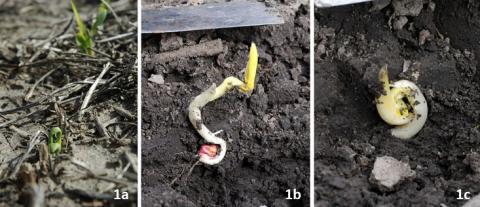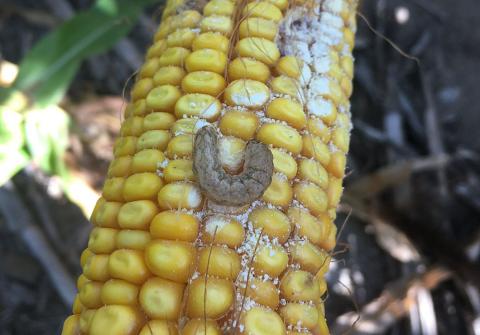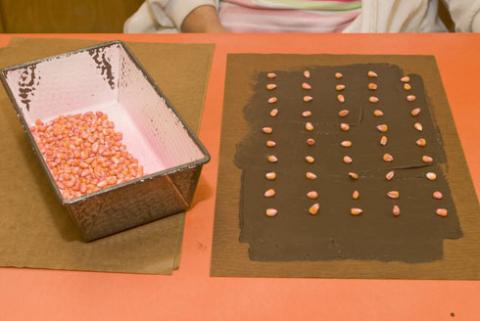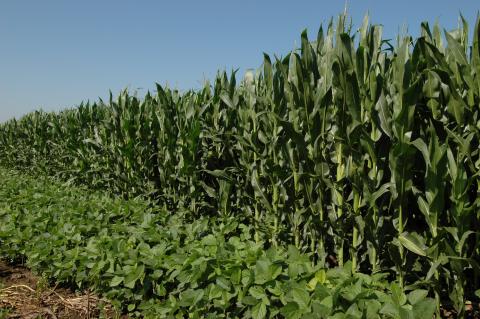
Cold Soil Temperature and Corn Planting Windows
April 12, 2018
With stormy conditions back in the picture, many growers may be concerned about planting corn into cold, wet soils? By checking weather forecasts and soil temperature at planting (in the field and online) and the cold tolerance of seed, growers can identify 48-hour windows of opportunity for planting.
Determining Beginning Soil Moisture for Planning Decisions
April 12, 2018
Soil moisture sensors installed now can provide valuable information for dryland producers who want to determine existing soil moisture level and adjust cropping or planting plans accordingly. The authors installed and will be monitoring soil moisture readings at six sites in south central Nebraska.
KSU Assesses Yield Potential of Drought-Tolerant Corn
April 12, 2018
Research by Kansas State University on yield potential of drought-tolerant corn showed yields varied but often were equal to their non-DT counterparts. The advantage of the DT hybrids became more evident when the water stress increased to the point of leaves rolling most days.
Efficacy of Foliar Insecticide Treatments for Western Bean Cutworm in Corn
April 11, 2018
Researchers report on three years of field research in west central Nebraska where 4-14 insecticide treatments were tested under irrigated conditions.
Cold Germination Test for Corn and Soybeans
April 10, 2018
A cold germination test is used to evaluate the emergence of a seed lot in cold wet soils. Developed to simulate adverse field conditions, it is the most widely used vigor test for corn and soybean.
USDA: Nebraska Corn Stocks Down, Soybean Stocks Up from 2017
March 30, 2018
Nebraska grain stock reports for corn, soybean, sorghum and wheat as well as national data for corn, soybean and wheat, as reported by the USDA National Agricultural Statistics Service (NASS).
Nebraska Prospective Corn Acreage Drops 3%; Soybeans Drop 2%
March 29, 2018
Nebraska prospective plantings for 2018 for corn, at 9.3 million acres, are down 3% from 2017. Nebraska soybean prospects, at 5.6 million acres, are down 2% from 2017. Find more prospective plantings at the state and national levels.
On-Farm Research Results: Impact of Torque on Corn Yield
March 7, 2018
This report synthesizes the results of seven on-farm research studies of using Torque™, a seed or furrow-applied growth promoter, in Nebraska between 2010 and 2015.





